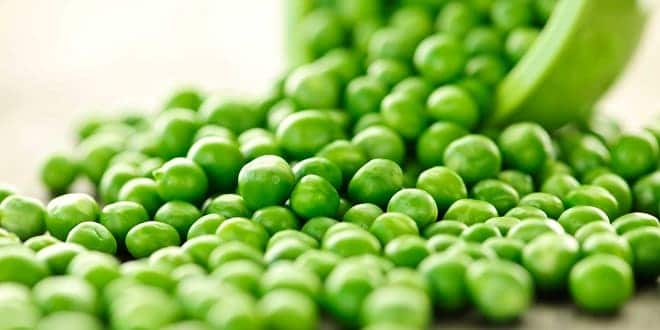CLASSIFICATION
Pea is an important frost-hardy, cool-season, nutritious leguminous vegetable that is widely cultivated throughout the world. As a cool-season crop, it is extensively grown in temperate zones; but it is restricted to cooler altitudes in the tropics and winter season in the subtropics. It is a rich source of protein (25%), amino acids, sugars (12%), carbohydrate, vitamins A and C, calcium and phosphorus, apart from having a small quantity of iron. Peas being very rich in proteins are valuable for vegetable purposes.
Scientifi c name: Pisum sativum L
Common names: Matar (Hindi, Nepali) Pea; split pea, garden pea, seed pea, shelling pea, combining pea, field pea, dry pea, vining pea (English)
Family name: Fabaceae
ORIGIN AND DISTRIBUTION
The origin and progenitors of Pisum sativum are not well known. The Mediterranean region, western and central Asia and Ethiopia have been in- dicated as centres of origin. Recently the Food and Agriculture Organisation (FAO) designated Ethiopia and western Asia as centres of diversity, with secondary centres in southern Asia and the Mediterranean region. Archaeological evidence of the use of peas dating from 8000 BC has been found in the Fertile Crescent.
The first cultivation of peas appears to have been in western Asia, from where it spread to Europe, China and India. In classical times, Greek and Roman authors mentioned its cultivation as a pulse and fodder crop. Pea was already known in the mountain regions of Central and East Africa before the arrival of the Europeans and was a well-established and important food crop in Rwanda and southwestern Uganda by 1860. The use of the edible pods was fi rst described in the Netherlands and France during the 16th cen- tury, whereas the use of immature seeds as a vegetable began in Europe a century later.
…

